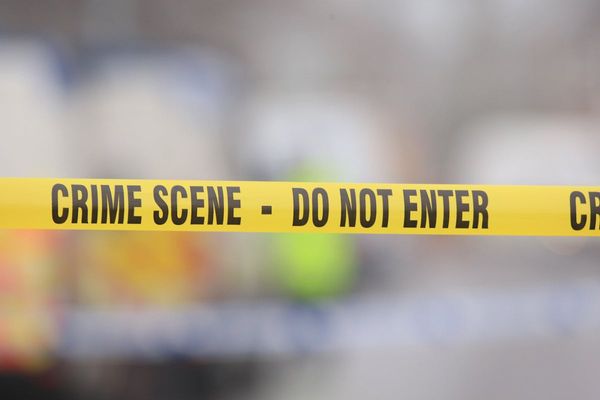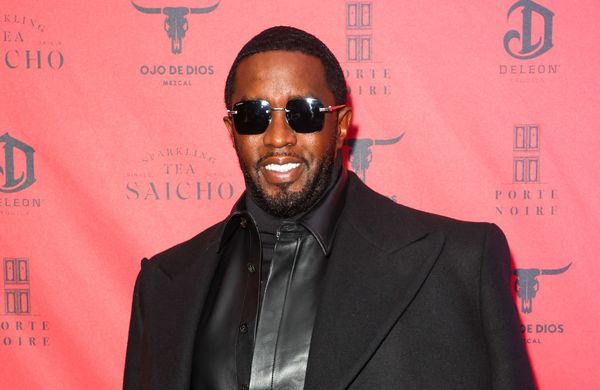
Can images change history? Like many people – or perhaps just many people of a certain generation – I first saw pictures of Aylan Kurdi in the old-fashioned way, sitting on the sofa at home watching the BBC’s 10 O’Clock News. The sequence began with a still that showed a Turkish policeman at the sea’s edge cradling the three-year-old Syrian boy in his arms. Brief footage then showed the policeman carrying the dead boy up the beach and disappearing behind a rock.
Fergal Keane’s report told us that the boy’s mother and five-year-old brother were also among those who died when two overcrowded boats of migrants (a term the BBC prefers to “refugees”) sank soon after they set out on Wednesday at around 6am local time to make the short crossing from the Turkish mainland to the Greek island of Kos. Of the 23 people on board, only nine, including Aylan’s father, Abdullah, are thought to have survived.
The BBC warned its audience that the report contained distressing images. In fact, news editors thought to moderate our distress by omitting an earlier picture in the sequence that shows the dead child lying face down on the sand with his head in the sea. The policeman stands a few feet away in a posture that suggests he may be texting or photographing the body with his mobile.
Among national newspapers, only the Guardian and the Independent published this image unaltered. The websites of the Mirror, the Express and the Mail used versions that pixellated the body or (in the Daily Star’s case) obscured the head. The Telegraph and the Financial Times made the same decision as the BBC and omitted the image from their selection.

Was it particularly shocking? Those of the policeman holding the child are certainly softer images – they have compassion and even an ambiguity: could the child be alive? They suit a finer idea of humanity. Separated from the living, alone with his face in the sea, Aylan represents the less comfortable proposition that death reduces even the liveliest child to a heap of flesh and bone. Pixellation does nothing to help – if anything, it increases the notion of Aylan as an object, a cadaver – but perhaps it spares him a final indignity. At least I imagine that is its purpose, which isn’t a bad one.
Until recently, those who died in calamities beyond Europe and North America were rarely identified unless they were European or North American. The western media felt easy about using pictures of them as anonymous bodies drowned in a flood or mutilated by war. The Iraqi soldier burned to a crisp by an American air bomb in the first Gulf war; the little girl’s face staring up from her grave after the Bhopal gas disaster in 1984: we never felt the need to know who they were. The Kurdi family have been named. That and the pixellation represent a step on the journey to thinking of them as like ourselves; to go the whole way we would need to extend to them the reticent coverage that we accord our own dead, which is never to picture them outside a coffin.
Even so, newspapers felt the need to justify publication – on the grounds (to quote the Independent) that the images served “as a stark reminder of the impact of the refugee crisis”. Something uncomfortable happens when a newspaper decides to explain its decisions – something unpersuasively pious (mea culpa, in my time as an editor) – and here I felt it had no reason to. Like most people, I think I can imagine a little of the reality summoned by the words “Several children drowned yesterday when … ” and these pictures didn’t take me far beyond that.
The Daily Beast published more disturbing ones online the same day, from a beach in Libya rather than Turkey and accompanied by a piece of over-pitched irony by the American writer and editor Christopher Dickey: “Do not look at the photographs here. Do not look at them at all. They will, in an instant, inspire revulsion, anger and calls to ‘do something now!’” Five pictures showed the bodies of five children in the shallows where the waves meet the beach. All had their faces pixellated. There was no sign of decomposition or disfigurement. One wore what looked like a disposable nappy and had his arms bent above his head, as if sleeping. A Victorian Christian might have said these children looked at peace. But here, unlike the sight of the policeman carrying Aylan, the photography looked intrusive.

Images such as these may well inspire the revulsion and anger desired by Dickey, though the results of “shocking” documentary photography are hard to judge. The first photographs of starving people to be published in newspapers were probably those taken to accompany reports by British special correspondents travelling in India during the 1880s; famines, however, persisted far longer. The Iraqi photograph by Kenneth Jarecke, mentioned above, did nothing to prevent the second Gulf war that the US entered so blithely, despite Jarecke chalking a message under the Iraqi soldier’s blackened skull: “If I don’t photograph this, people like my mom will think war is what they see on TV.”
But other pictures, especially of children, have awoken consciences or shaped public attitudes in lasting ways. In 1972, Nick Ut photographed a naked and severely burned girl, nine-year-old Kim Phuc, running away from a napalm attack. It deepened the unpopularity of the Vietnam War and became one of the last century’s most enduring images. (Richard Nixon wondered if it had been “fixed”.) Three years earlier, in 1969, Don McCullin visited a school compound in Biafra and found a nine-year-old albino boy holding an empty tin of corned beef; he looked hardly able to stand. The rights, wrongs and horrors of the war in Biafra have been largely forgotten outside Nigeria, but the picture has never lost – may never lose – its ability to provoke sympathy, distress and charity.
The children in these two pictures were both alive (Kim Phuc still is; she survived her burns and lives in Canada). To manage a picture of a dead child that doesn’t cause offence is a harder proposition and yet Raghu Rai’s photograph of the Bhopal gas disaster was published throughout the world without any moralising justification or, so far as I’m aware, any criticism. The day after the explosion, Rai had visited a graveyard where a man, in the act of burying his young daughter, had scraped the earth from her face for a final farewell. There could hardly be a greater intrusion into private grief, but picture desks everywhere, including India, simply recognised it as memorable picture. Pixellation, had it then been available, would have destroyed it.
What all three pictures have in common, and what separates them from Aylan’s, is an aesthetic, owed partly to their monochrome reproduction but mainly to the skill of the gifted, professional photographers who took them. This may not matter.
Artless but honest pictures can still change our perceptions of the world. The self-delusion is to imagine that our own prejudices and desires play no part in their creation or their power. Wouldn’t images of young men with their heads blown off have ended the first world war sooner? Should we have seen pictures of the 116 dead children as they were pulled from the mudslide of Aberfan? Why aren’t there well-known images of the thousands of children who were charred in Dresden and Hiroshima? We pick and choose among the images that might horrify us, always believing that our intentions are good.







